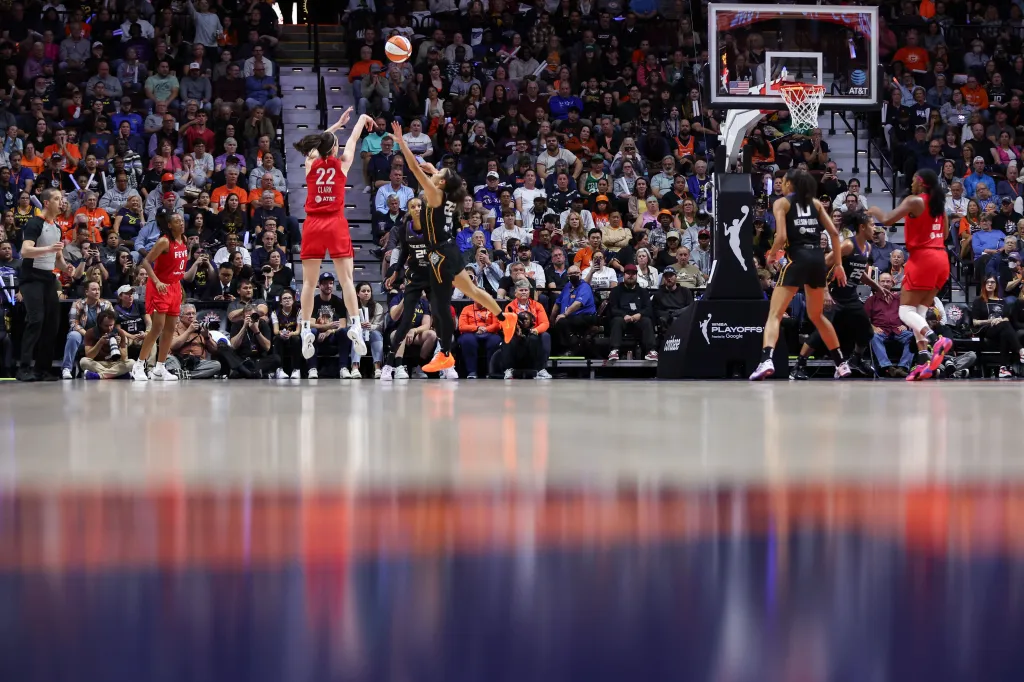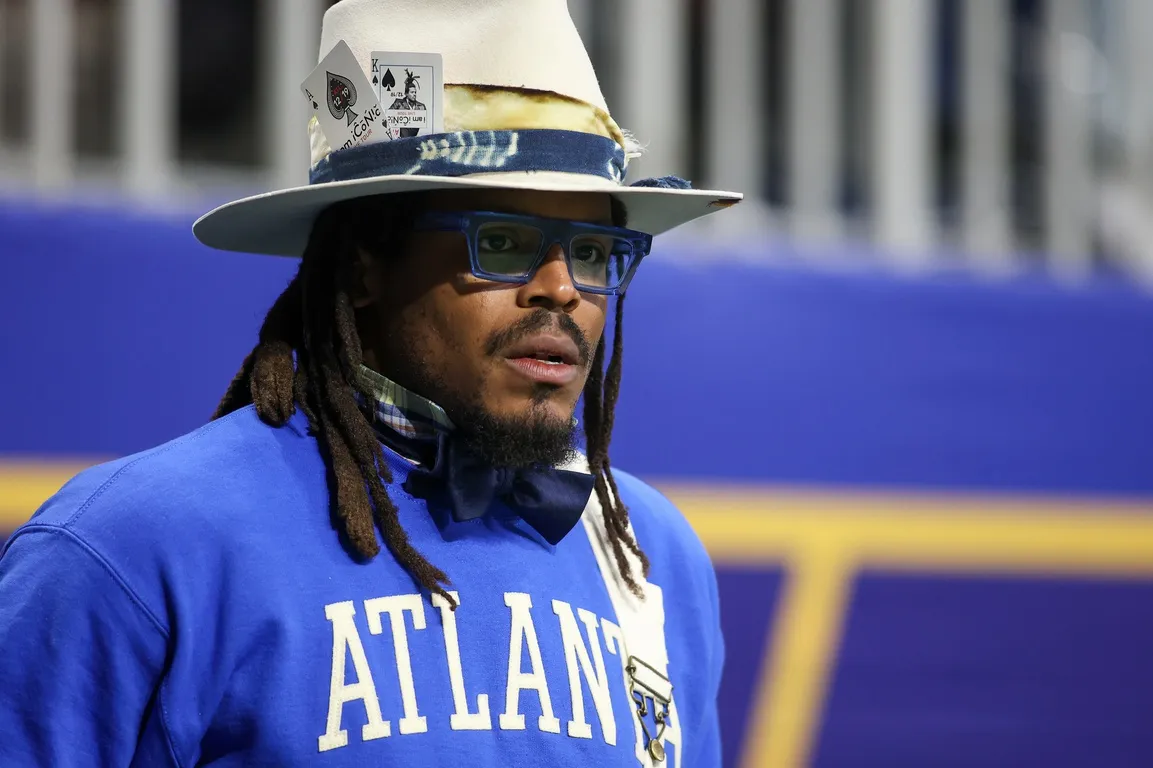Cam Newton, the former NFL quarterback, sparked discussion by predicting on his “4th&1” podcast that the WNBA will surpass Major League Baseball (MLB) in popularity within the next 20 years. Newton described baseball as a “dying sport,” citing waning attention, particularly during the regular season. He contrasted this with the WNBA, which he views as a league on the rise. While his comments are controversial, they align with ongoing debates about MLB’s relevance and its ability to attract younger fans.
Critics of MLB frequently highlight the sport’s slow pace and lengthy season as barriers to maintaining interest. Newton’s view reflects these concerns, though data challenges the notion that baseball is in decline. From 2014 to 2019, ticket sales among younger fans grew by 9.8%, and viewership among the 18-34 demographic increased significantly from 2023 to 2024. Additionally, MLB has a loyal fanbase, with 70% of supporters forming their allegiance before age 17—higher than the NFL, NBA, or NHL. These figures suggest that while baseball faces hurdles, it retains substantial support.

In contrast, the WNBA is experiencing unprecedented growth. The 2024 season set new records in TV ratings, ticket sales, sponsorship revenue, and merchandise, showcasing its rising appeal. Star players like Caitlin Clark and Angel Reese have energized fans and raised expectations for future seasons. With its dynamic athletes and increasing cultural significance, the WNBA has become a major force in sports, attracting attention from diverse and younger audiences.
While MLB and the WNBA are on differing trajectories, both leagues face challenges and opportunities. Baseball has taken steps to modernize, including implementing new rules to speed up games. The WNBA, buoyed by its younger fanbase and innovative marketing, continues to expand its reach. Success for each league will depend on its ability to evolve and meet the shifting preferences of fans while maintaining its core identity.
By 2045, Newton’s prediction could prove accurate if current trends continue. The WNBA’s upward momentum and MLB’s struggle to capture younger audiences might result in a shift in popularity. This potential change highlights how evolving fan interests and societal trends can reshape the dynamics of sports, where tradition and innovation must coexist for long-term success.
